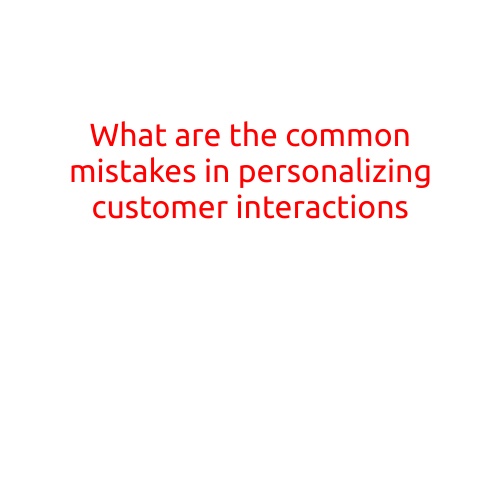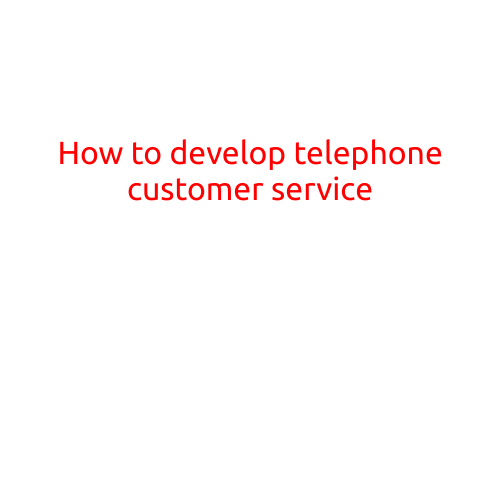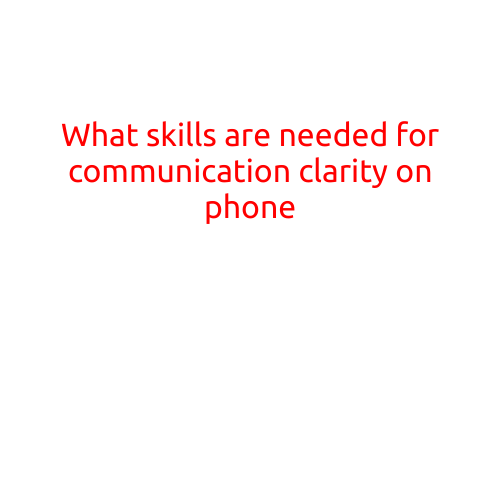
What are the Common Mistakes in Personalizing Customer Interactions?
Personalization is a crucial aspect of customer experience. It’s the key to building strong relationships, increasing customer loyalty, and ultimately driving business growth. However, many companies still struggle to get it right. In this article, we’ll explore the common mistakes in personalizing customer interactions and provide tips on how to avoid them.
Mistake #1: Lack of Data Collection
The first and most common mistake is the lack of data collection. Not having a robust database of customer information makes it impossible to personalize interactions. Make sure to collect data through various touchpoints, such as website interactions, social media, and customer service interactions.
Mistake #2: Over-Reliance on Demographics
Demographics, such as age, gender, and location, are a starting point, but they alone are not enough to create personalized experiences. Moreover, relying solely on demographics can lead to overly broad assumptions about customers. Move beyond demographics and focus on behavior, preferences, and transactional history to get a more accurate picture of your customers.
Mistake #3: Insufficient Training for Customer Service Representatives
Customer service representatives are the face of your brand, and they play a critical role in personalizing customer interactions. However, many companies fail to provide sufficient training to ensure reps are equipped to handle personalized interactions. Provide ongoing training to empower reps to understand customer needs and deliver tailored experiences.
Mistake #4: Incorrect Assumptions
Assuming you know what customers want based on limited information can lead to incorrect assumptions. Instead, actively engage with customers to understand their needs, preferences, and pain points. Use this information to create personalized experiences that truly resonate with them.
Mistake #5: Ignoring Context
Ignoring the context of a customer’s interaction can lead to insensitive and impersonal experiences. Consider the customer’s current situation, such as a recent purchase or a complaint, and adjust your communication approach accordingly.
Mistake #6: Not Prioritizing Personalization
Not prioritizing personalization can result in a lack of effort and attention to customer needs. Make personalization a top priority across your organization, and allocate resources accordingly.
Mistake #7: Focusing Too Much on Technology
While technology can facilitate personalization, focusing too much on it can lead to over-reliance on automation. Balance technology with human touch to create truly personalized experiences.
Mistake #8: Not Measuring and Improving
Not measuring and improving personalization efforts can lead to stagnation and a lack of progress. Track metrics, such as customer satisfaction, loyalty, and retention, to identify areas for improvement and adjust your strategies accordingly.
Conclusion
Personalizing customer interactions is not a one-time task, but an ongoing process that requires attention to detail, data collection, and ongoing training. By avoiding the common mistakes outlined above, companies can create meaningful and memorable experiences that drive customer loyalty and ultimately drive business growth. Remember to prioritize personalization, balance technology with human touch, and constantly measure and improve to deliver exceptional customer experiences.





